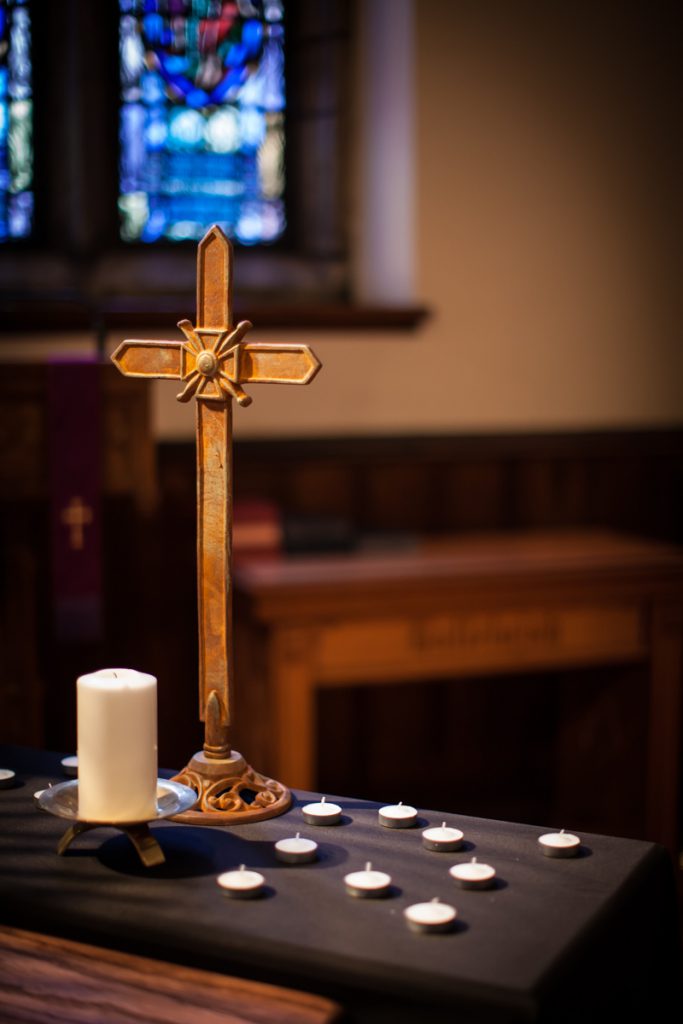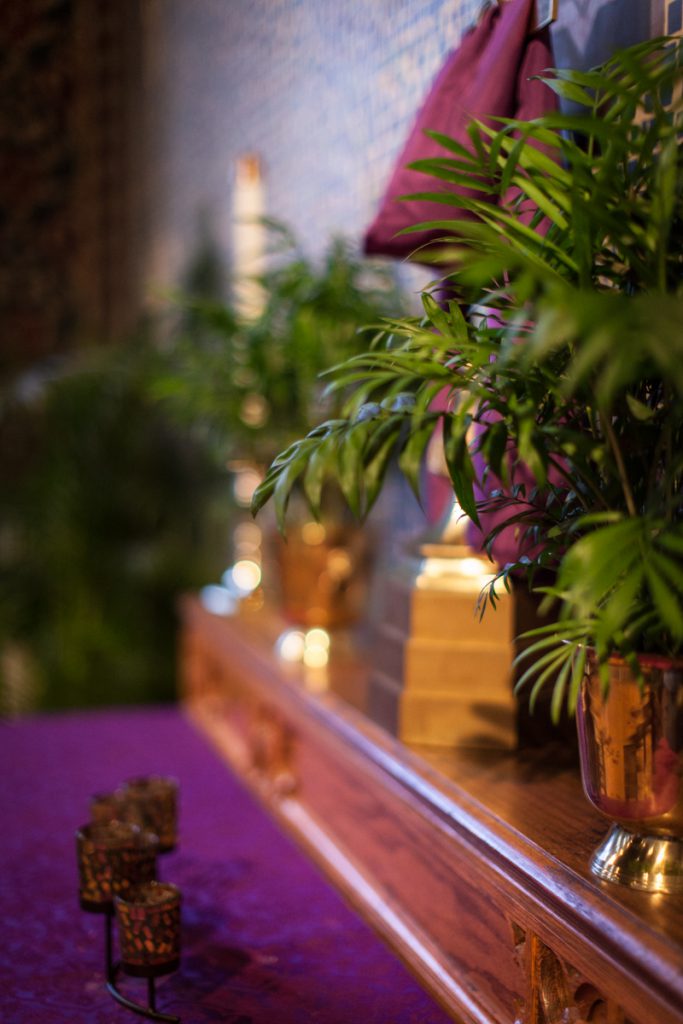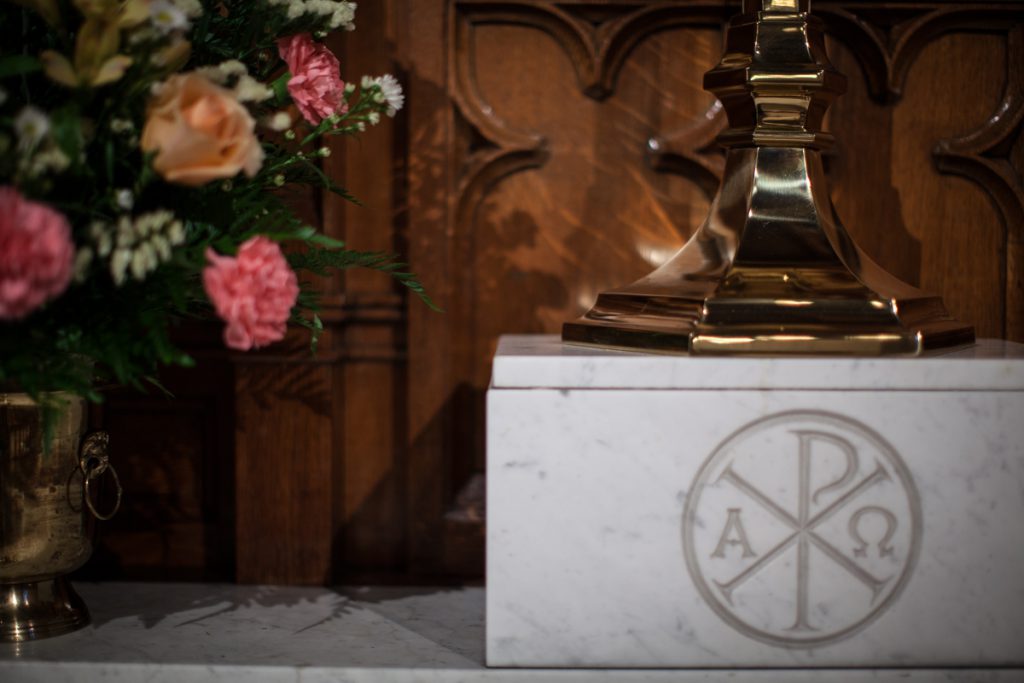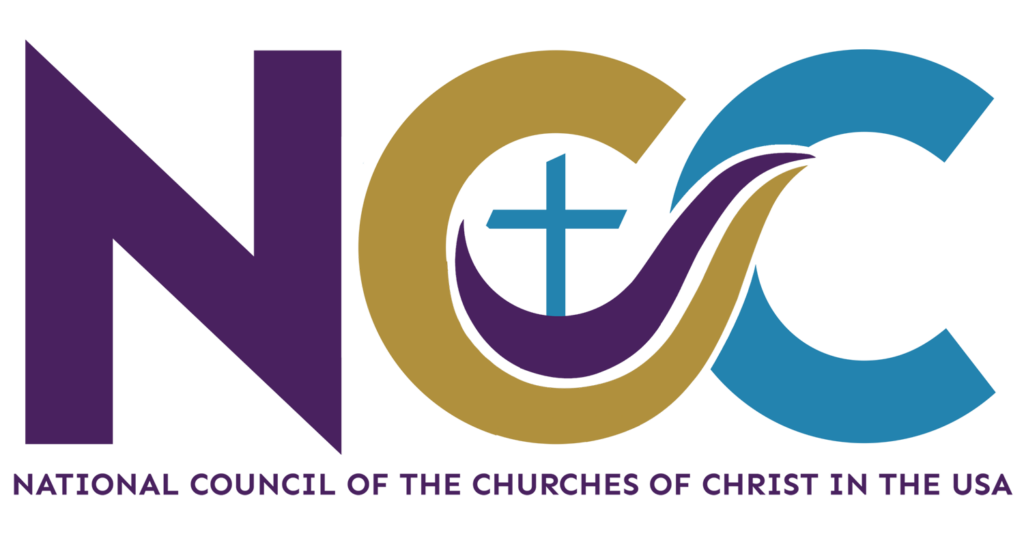By Dr. Tony Kireopoulos, Associate General Secretary, National Council of Churches

It is Holy Week for western Christians. Next week is Holy Week for eastern Christians. And while there are any number of scriptures to contemplate on the road toward Easter, from those that describe Jesus’ triumphant entry into Jerusalem to those that tell of his death and resurrection, the one that sticks in my mind is not from the Easter narratives. No, it is from the story of Moses coming down from the mountain with the tablets bearing God’s commandments: “Do not put the Lord your God to the test…” (Deuteronomy 6:16, NRSV). Or, as in the archaic, more dramatic, and perhaps more familiar translation: “Ye shall not tempt the Lord your God…” (KJV).
These pastors are robbing their congregations of the chance to rediscover the mystery of Easter, a mystery as experienced by the first Christians.
Why am I thinking of this scripture? It is because some fellow Christians, usually pastors, out of a blatant self-regard or a feigned appeal to religious freedom, dismiss social distancing guidelines and insist on the right to gather in congregations to celebrate the holiday. Never mind the mockery this makes of the Christian faith – my Christian faith – on the evening news. Rather, when government leaders, scientists, and medical professionals call on us not to gather, out of genuine concern for these same congregations, can we understand such behavior as anything but tempting God? I’m sorry, but this irresponsible behavior, particularly since it is typically accompanied by an equally taunting theological claim that God will protect those who gather, only invites devastation, and it angers me.
More so, it saddens me. What is perhaps most disappointing is that such behavior reflects a missed pastoral opportunity. In short, in the midst of a pandemic that keeps us isolated from one another, these pastors are robbing their congregations of the chance to rediscover the mystery of Easter, a mystery as experienced by the first Christians. A brief journey through Holy Week will demonstrate what I mean.
One would naturally expect an event that, in true cinematic brilliance, all the world could see. Yet it happens silently, in the darkness of his tomb, with no one around.
First is Palm Sunday. In truth, this celebration seems ready-made for groups of people, when we can emulate the crowds in Jerusalem welcoming Jesus into our midst, waving palms and singing praises to God. But this year, can we not see and join in the joyous acclamation in other ways? Taking our cue from Christian brothers and sisters living in cold climates, who have long substituted pussy willows for palms, can we not see all of nature reaching toward heaven and proclaiming the glory of God? In addition to palms and pussy willows, do we not see the crocuses and tulips, the daffodils and magnolias, the hydrangeas and forsythia, blooming all around us and reaching toward the skies and in their own way singing, “Blessed is the king who comes in the name of the Lord!” (Luke 19:38, NRSV)? If that sounds far-fetched, we merely need to read Jesus’ words to those who questioned his followers’ display of faith that day: “I tell you, if these were silent, the stones would shout out” (v. 40). If groups of people are silent on Palm Sunday, no worries; not only can the stones shout praises to God, but certainly the flowering plants all around us can also do the same. And when they do so, with their bursts of color and petals fluttering in a breeze, we can individually join in their acclamation.

Jumping ahead to midweek, we read that Jesus washed the feet of his disciples during their last meal together (John 13:1-20). In the middle of what has become the central act of our worshipping communities – the Eucharist – Jesus demonstrated the importance of loving and caring for one another. In other words, he showed that central to worshipping God is how we love one another. Can’t we offer this same love and care to others, not by washing their feet as Jesus did, but in the same hygienic spirit, by staying away so that they can remain free of the disease we may be carrying? There might be no better way today to express our worship of God.
Later that evening, Jesus and a few of his disciples went into the Garden of Gethsemane to pray (Matthew 26:36-46). They didn’t go to the temple, where hundreds of people might be milling about. They did so in seclusion, dare I say in self-isolation, away from the masses. Jesus even separated himself further by praying alone. And alone, he experienced what might be called a dark night of the soul, and gained the strength to carry the burden to come. Might we follow his example and pray alone, or in small family units – 6 feet apart, of course – during this holy season? What strength might we gain, especially in this time of tribulation?
After his ensuing betrayal and trial, Jesus was crucified. As he was nailed to the cross, and then in agony lifted up for all of Jerusalem to watch him die, again where were his followers? According to the scriptures, they were “looking on from a distance” (Matthew 27:55, Mark 15:40); in another passage, Mary was “standing near the cross,” not surrounded by all of his followers, but only by a few of them (John 17:25-6). To me, those standing near the cross were like today’s medical responders, there to accompany those who are dying alone. But the rest of us? Like all the others looking on from a distance, can’t we lament his death from afar?

We now reach the climax of the story: the resurrection. One would naturally expect an event that, in true cinematic brilliance, all the world could see. Yet it happens silently, in the darkness of his tomb, with no one around. And despite the death-shattering and life-giving implications of this event, news of its occurrence unfolds rather quietly. One person, Mary Magdalene, is the first to hear the news (John 20:1), perhaps accompanied by one or two others (Matthew 28:1-10, Mark 16:1-6, Luke 24:1-7). She then tells others (Mark 16:10, Luke 24:8, John 20:2). Two others hear it as they are walking along (Mark 16:12, Luke 24:13-35). Jesus himself then appears to his disciples as they remain in hiding (Matthew 28:16-20, Mark 16:14, Luke 24:36-49, John 20:19-23). After this, the news spreads, and it has continued to spread around the world and across the centuries.
What this summary of resurrection stories points out is that, again, the first proclamation of the gospel was heard in solitude, whether by one person, a few followers, or the eleven remaining disciples. It was not proclaimed from the walls of Jerusalem, it was not announced in the temple, it was not preached to thousands gathered on the hillsides. No, the mystery of the resurrection, and the salvation it implied, was revealed to those in isolation.
Isn’t this the mystery we all wish to understand? Isn’t this the mystery we can also approach in a unique way this year? We have a unique opportunity this year because of the coronavirus. In isolation, we can discover the mystery anew.
“Christ is risen! Truly he is risen!”
Dr. Tony Kireopoulos, the author, is an Associate General Secretary of the National Council of Churches. Photos are by Rev. Steven D. Martin, Director of Communications and Development of the National Council of Churches.
